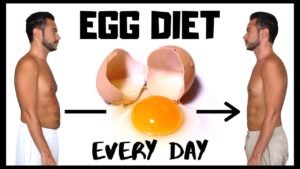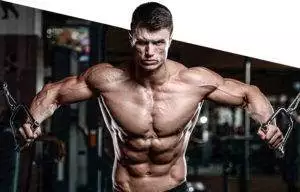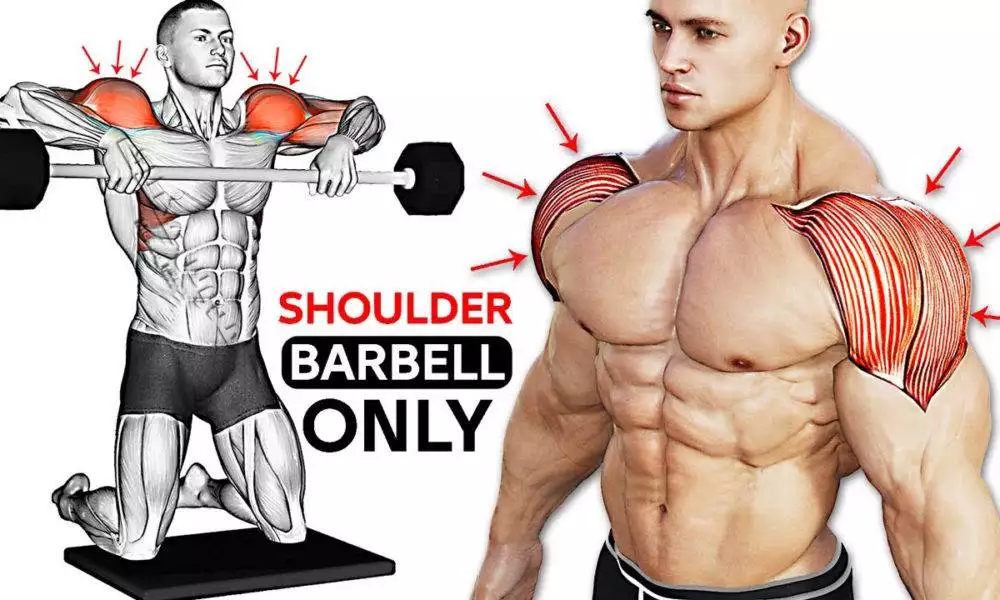Securing comprehensive insurance coverage for your gym is essential for protecting your business from potential risks and liabilities. However, the cost of gym insurance can vary significantly based on several factors. In this article, we will explore the key elements that influence the cost of gym insurance premiums. By understanding these cost factors, gym owners can make informed decisions when obtaining insurance coverage tailored to their specific needs.
-
Size of the Gym:
The size of your gym is a crucial factor that insurers consider when calculating premiums. Larger gyms typically have more risk exposure due to the higher number of clients, equipment, and potential for accidents. Insurers may assess the square footage of your facility, including workout areas, locker rooms, and reception areas, to determine the premium.
-
Number of Employees:
The number of employees working at your gym plays a role in determining the cost of insurance. With more employees, the likelihood of workplace accidents or injuries increases. Insurers consider factors such as the roles of the employees (e.g., trainers, front desk staff), their experience level, and the safety procedures in place when calculating premiums.
-
Location:
The geographic location of your gym significantly affects insurance costs. Insurance rates can vary based on local factors such as crime rates, weather risks (e.g., hurricanes, earthquakes), and the overall cost of living. Urban areas with higher population densities and increased risk of theft or property damage may have higher insurance premiums compared to rural locations.
-
Types of Equipment:
The range and value of equipment in your gym impact insurance costs. Expensive and specialized equipment, such as weightlifting machines, treadmills, and cardio equipment, may increase premium rates. Insurers consider the replacement costs of equipment, its susceptibility to damage or theft, and the overall risk associated with its usage.
-
Safety Measures in Place:
The safety protocols and measures implemented in your gym can have a significant impact on insurance premiums. Insurers assess the effectiveness of risk management practices, including staff training, emergency response plans, regular equipment maintenance, and adherence to industry safety standards. Demonstrating a commitment to safety can lower insurance costs by reducing the likelihood of accidents and claims.
-
Claims History:
Your gym’s claims history is a critical factor in determining insurance premiums. Insurers review past claims, including the frequency and severity of incidents, to assess the level of risk associated with your business. A history of frequent claims may result in higher premiums, while a clean claims record can help lower insurance costs.
Conclusion:
When obtaining gym insurance, understanding the factors that influence premium costs is vital for budgeting and ensuring adequate coverage. The size of your gym, number of employees, location, types of equipment, safety measures, and claims history are key elements that insurers consider when calculating premiums. By addressing these factors proactively, such as implementing robust safety measures and maintaining a favorable claims history, gym owners can potentially reduce insurance costs. Consulting with experienced insurance professionals who specialize in the fitness industry can help you navigate the intricacies of determining the right coverage at a competitive premium rate. Ultimately, investing in comprehensive gym insurance is a critical step to protect your business, clients, and financial well-being.
You have visited 0 post(s)



















